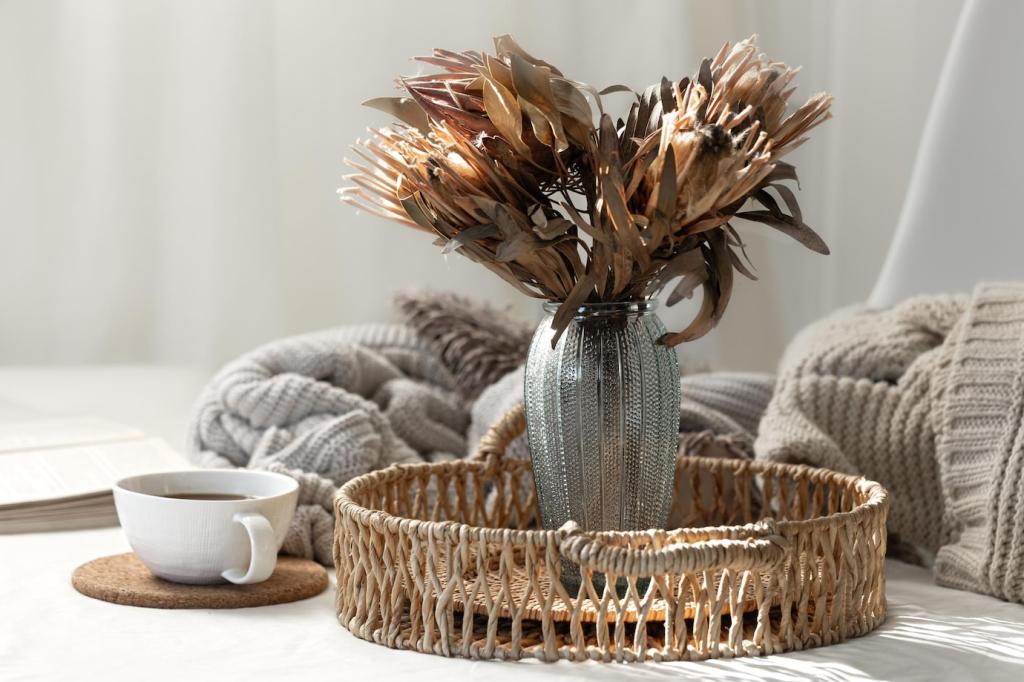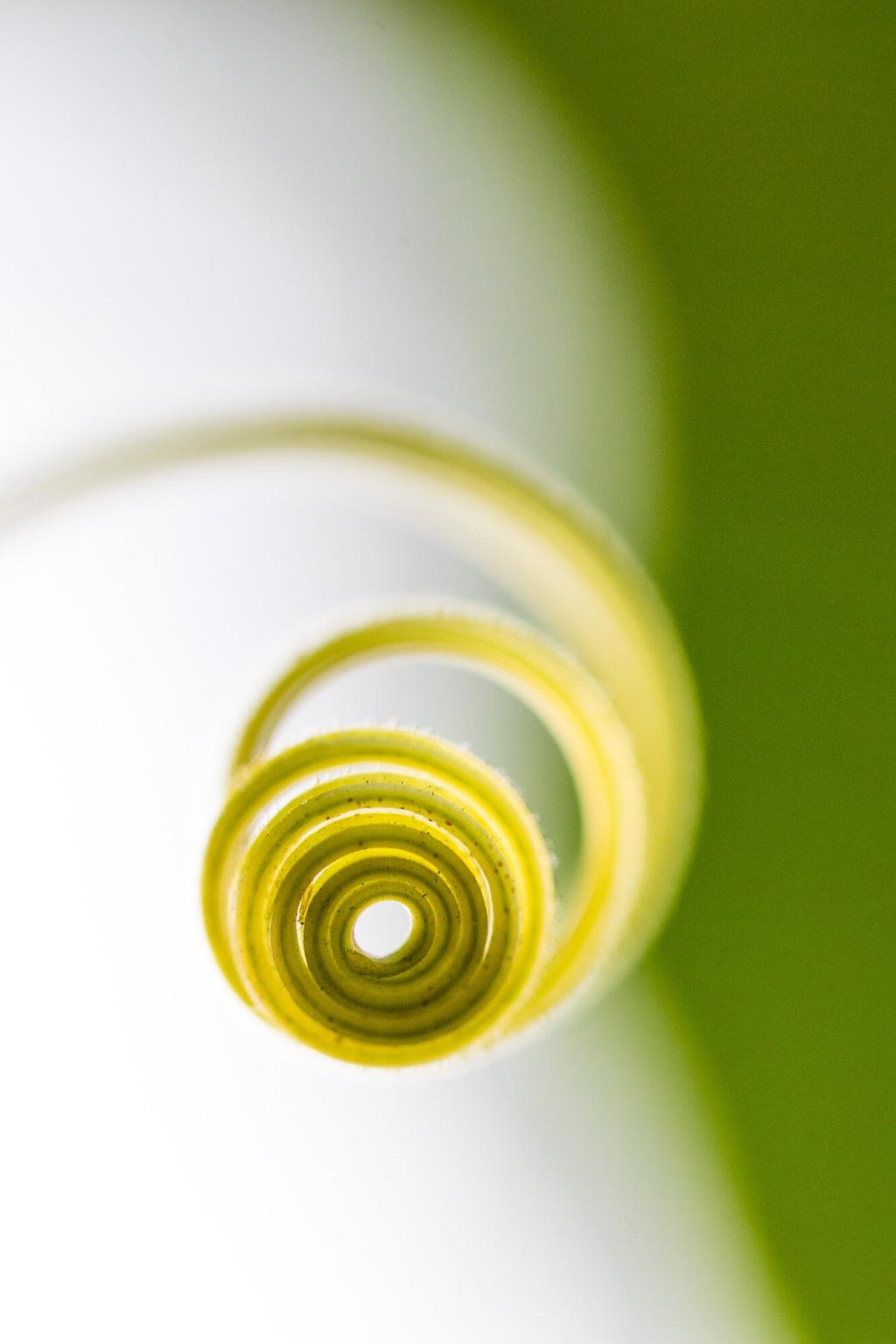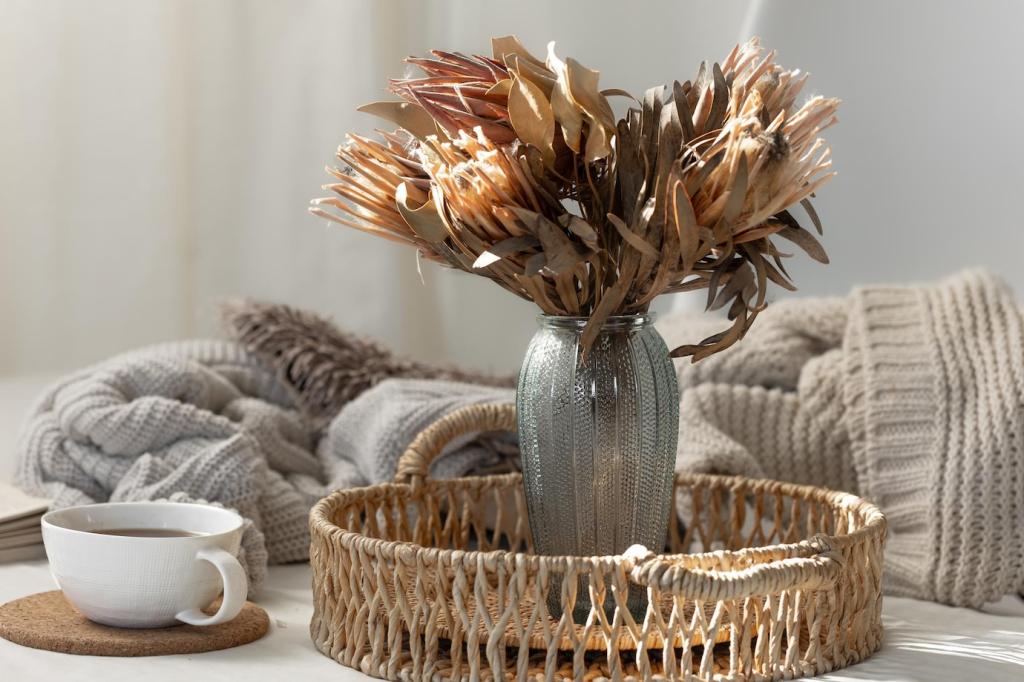Eco-Friendly Home Lighting Solutions


Lighting Fundamentals for a Greener Home
Think in lumens, not watts. Lumens measure brightness; watts measure power. Modern LEDs deliver 80–120 lumens per watt, meaning more light with less energy. Aim for warm 2700–3000K in cozy rooms, and neutral 3500–4000K for tasks. Tell us your current bulb lineup.
Lighting Fundamentals for a Greener Home
LEDs typically last 15,000–50,000 hours, drastically outpacing halogens at 1,000–2,000 and CFLs at 8,000–10,000. LEDs also avoid mercury, start instantly, and dim better with compatible controls. Share your swap stories and what surprised you most after changing the first few bulbs.
Daylight First: Design That Saves Energy

Open east-facing shades early to energize mornings without electricity. Layer sheer curtains for privacy while inviting brightness. A breakfast nook near an east window often eliminates overhead lights until midday. Share your morning light ritual and any small moves that made a big difference.
Use LED-compatible, trailing-edge dimmers to prevent flicker and buzzing while unlocking major savings at lower light levels. Dimmed LEDs use less energy and extend lifespan. Schedule gentle evening fades for relaxation. Which room would benefit most from a dimmer upgrade this week?

Sustainable Fixtures and Materials
Recycled Metals and Artisan Glass
Aluminum recycling uses about 95% less energy than producing new metal. Fixtures made from recycled aluminum or reclaimed steel look stunning and save resources. Artisan glass pendants crafted from bottle waste add character. Have you discovered a recycled fixture that turned into a conversation piece?


Natural Fibers and Low-VOC Finishes
Shades in linen, hemp, bamboo, or cork soften light and lighten impact. Look for low-VOC finishes to protect indoor air quality. One reader swapped a plastic shade for linen and noticed gentler light immediately. What natural materials have you tried in your lighting?
Room-by-Room Eco Lighting Guide
Under-cabinet LED strips at 3000–4000K with CRI 90+ sharpen chopping and reduce ceiling glare. Pair with a pantry motion sensor and bright, focused task spots. A reader cut through shadows and cooking finally felt safer and calmer. What task area needs light love first?

Room-by-Room Eco Lighting Guide
Create a cozy scene with a dimmable floor lamp, low ambient glow, and subtle accent lights for plants or art. Smart plugs tame forgotten lamps. Movie night feels luxurious at a fraction of old energy use. Share your scene presets so others can copy the vibe.
Budget-Friendly Retrofits and Quick Wins
Audit and Prioritize
List every bulb, its wattage, and hours used. Replace the top five energy hogs first. One reader swapped three 60W incandescents for 9W LEDs and saved noticeable dollars in a month. Post your mini-audit and we’ll help you pick the next quick wins.
Rebates, Labels, and Warranties
Look for ENERGY STAR labels, utility rebates, and manufacturer warranties. Many cities offer instant discounts or mail-in savings. Keep receipts and packaging for claims. Tell us your location; we’ll point you toward programs readers nearby have already used successfully.
Responsible Disposal and Donation
Recycle CFLs at approved drop-off points because of mercury content. Many hardware stores accept bulbs and e-waste. Donate working incandescents to theater groups or educators for projects. What disposal options exist in your area? Share a link to help neighbors go greener.
